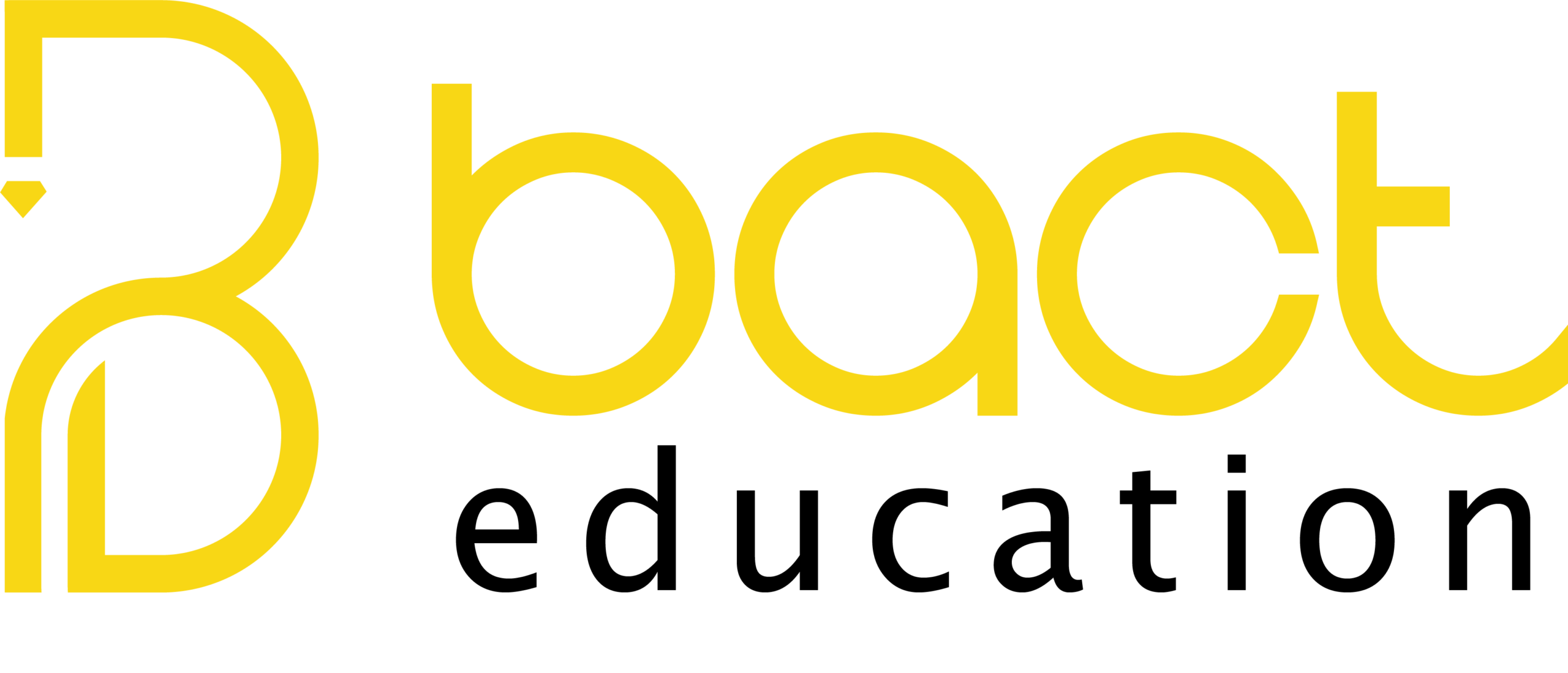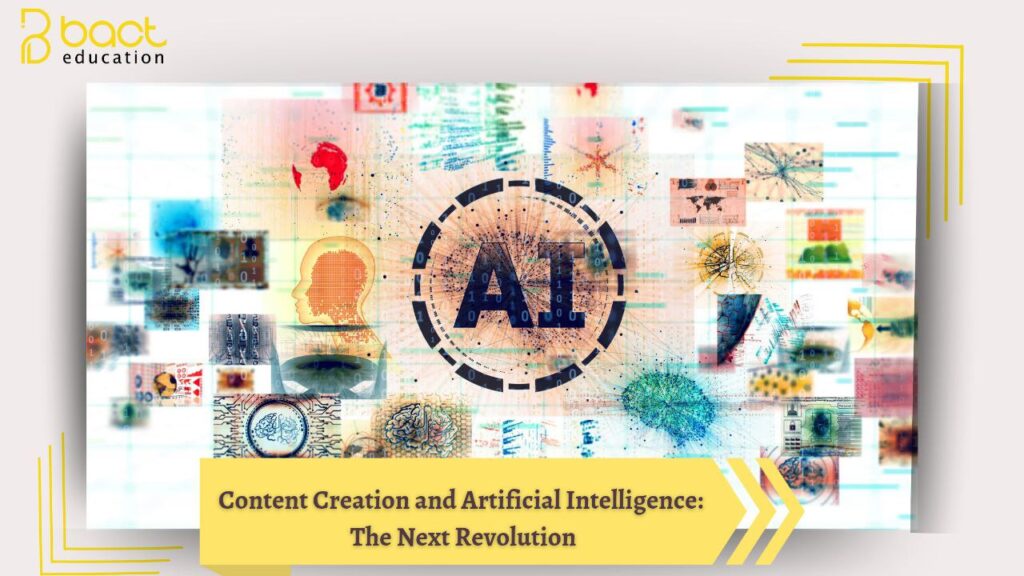## **Introduction**
In today’s digital age, content creation has become one of the most critical pillars of the global economy. With the tremendous advancements in artificial intelligence (AI), this industry is undergoing a radical transformation in how content is created, distributed, and analyzed. It is no longer limited to humans—machines can now produce high-quality text, videos, images, and even music.
## **The Role of AI in Content Creation**
1. **Automated Content Generation**
– AI can write articles, craft social media posts, and even create persuasive ad copies using models like **ChatGPT** and **Google Bard**.
– Platforms like **Jasper.ai** and **Copy.ai** help writers and marketers generate customized content ideas at lightning speed.
2. **Enhancing Content Experience**
– Analyzing big data to understand audience preferences and personalize content based on user behavior.
– Improving SEO using AI-powered tools like **SurferSEO** and **Frase.io**.
3. **Multimedia Production**
– Generating artistic images via platforms like **MidJourney** and **DALL-E**.
– Creating videos using AI tools like **Synthesia** and **Runway ML**.
4. **Translation and Localization**
– Providing instant and accurate content translation in multiple languages using tools like **DeepL** and **AI-powered Google Translate**.
## **Challenges and Risks**
– **Content Quality**: AI-generated content may lack depth and human emotion.
– **Authenticity & Copyright**: Concerns about content theft or copyright infringement.
– **Over-reliance on Machines**: Could lead to a decline in human creative skills.
## **Conclusion**
AI is a powerful tool for enhancing content creation, but it cannot replace human creativity. Content creators must leverage these technologies while maintaining quality and authenticity. The future will see greater integration between human intellect and machines to produce more impactful and effective content.

